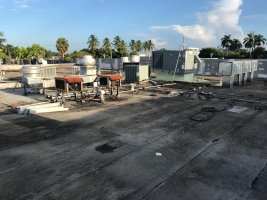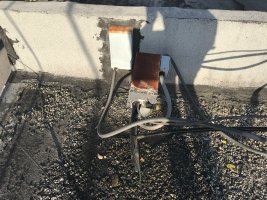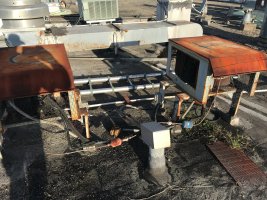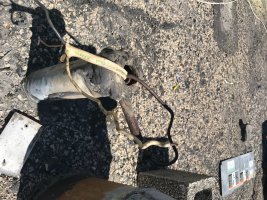Sifu
SAWHORSE
- Joined
- Sep 3, 2011
- Messages
- 3,581
Little outside my wheelhouse. I have a plan with RTU-s and MUA's on the roof. No rooftop receptacle is indicated on the plans but the mechanical schedule notes indicate the RTU's have a "non-powered weather proof GFCI receptacle". Can't recall seeing the "non powered" part before. Other than the obvious explanation that they are not powered, is there some provision that would allow this if this is what it means?






